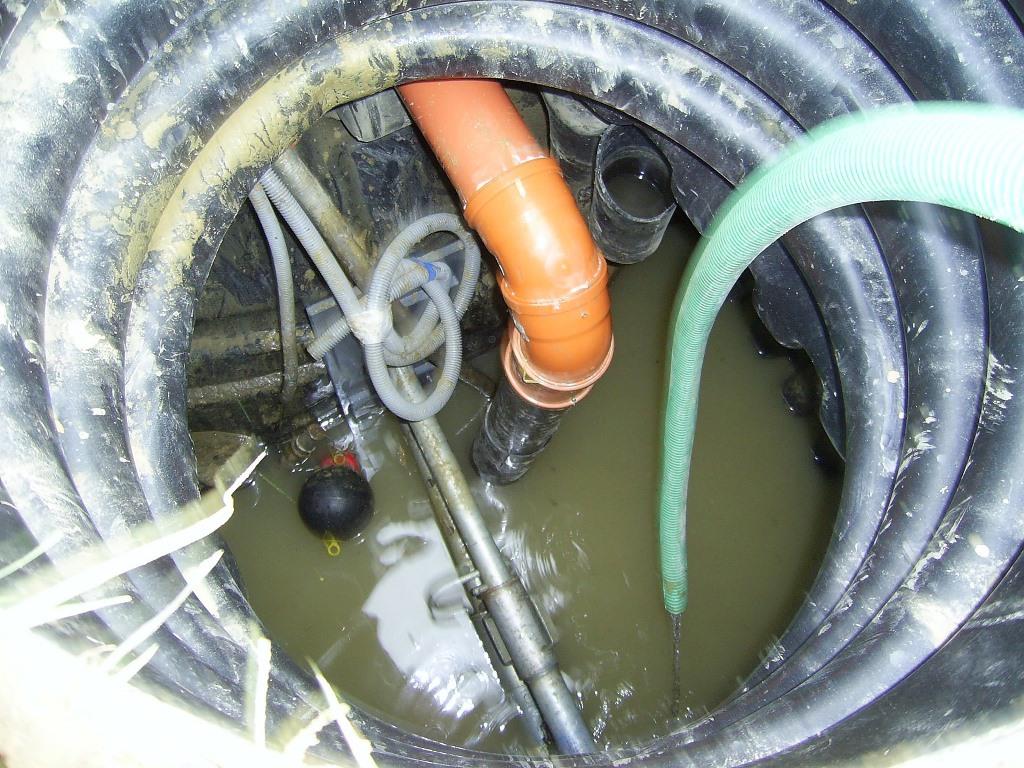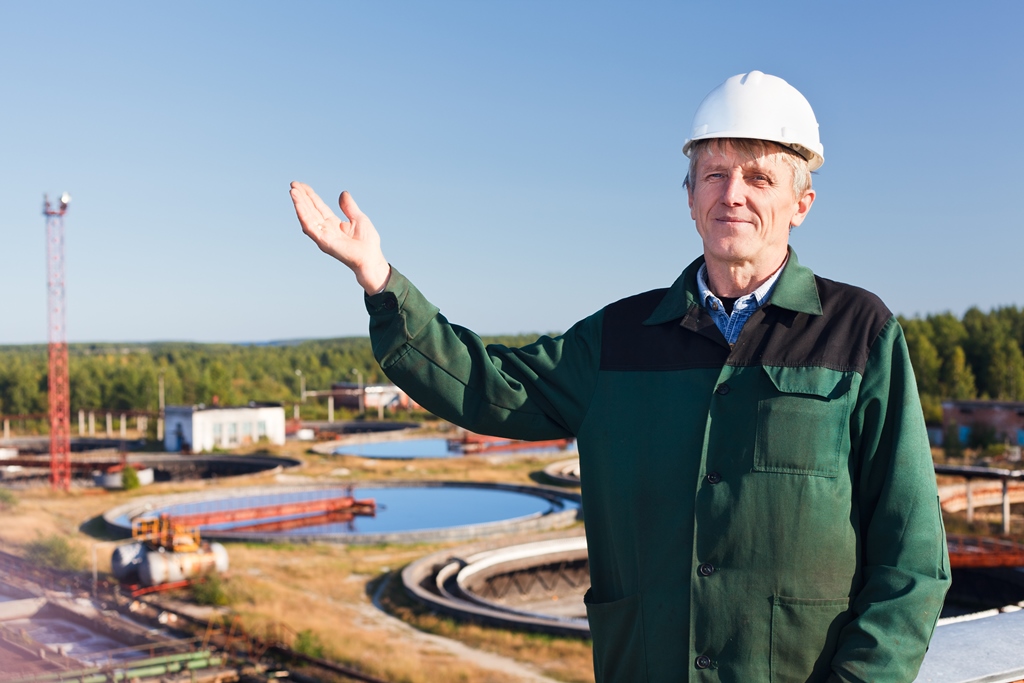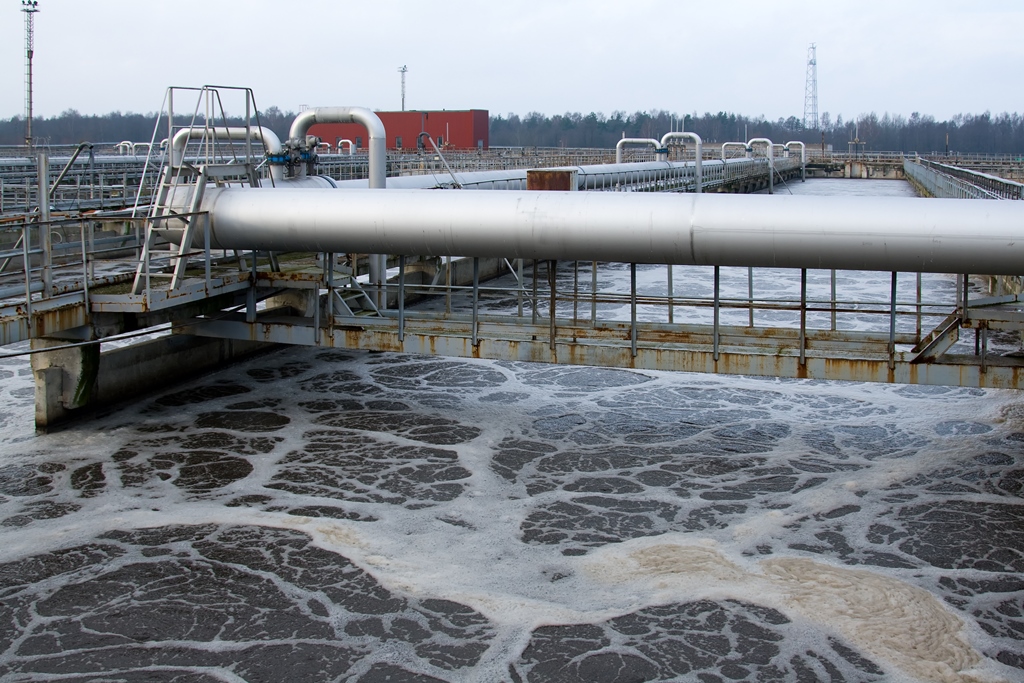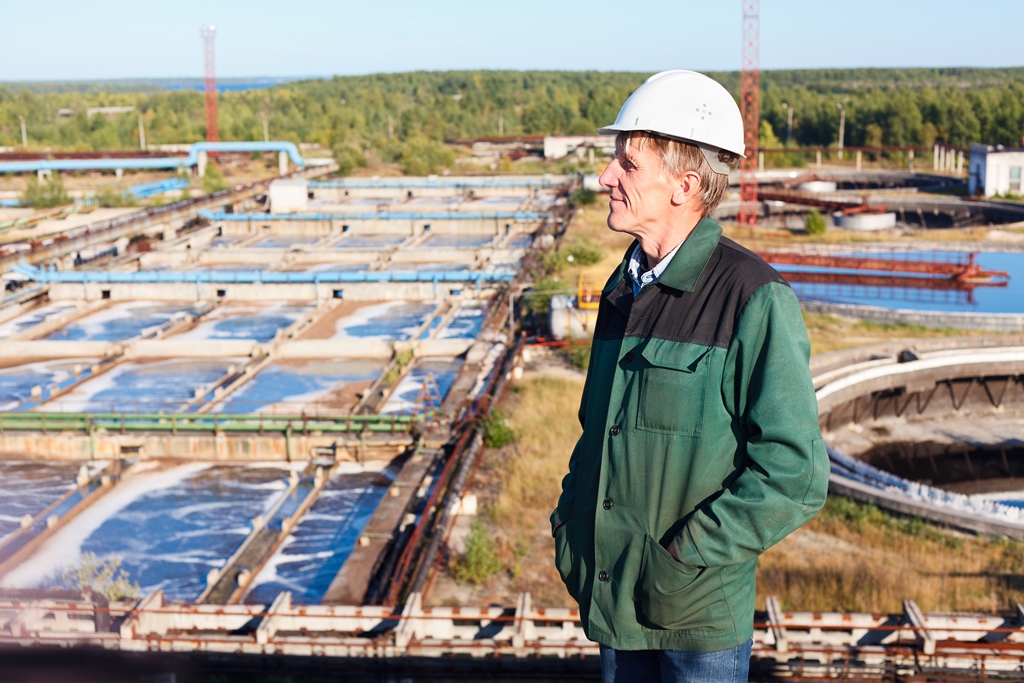Waste-water applications
Facilities for the purification and control of waste water have been the core business of Likusta Umwelttechnik GmbH for over 30 years. With several thousand successfully completed projects worldwide, we are at your disposal as a reliable partner.
Waste-water treatment is typically carried out in three steps - the mechanical step is followed by biological and chemical waste-water treatment.
Online-Request


